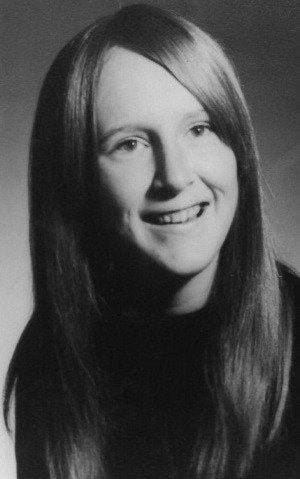
There has been speculation online and in the media that skeletal remains found in Washington State could be linked to notorious serial killer Ted Bundy. It's not the first time the discovery of human remains has sparked such a report, but at least one expert says it is far too soon to begin drawing any parallels between this victim and the dozens claimed by Bundy.
"It is reasonable to wonder but it’s also reasonable to be open-minded enough to realize that a lot of murders happen and they weren’t all committed by an infamous killer. As always, one has to look at the evidence to sort that out," Dr. Park Dietz told The Huffington Post.
Dietz is president of Park Dietz & Associates, which has given court testimony or been consulted on numerous serial killer cases, including those involving Jeffrey Dahmer, the Green River murders and the D.C. snipers.
Twenty-two-year-old Kerry May-Hardy's remains were found in a shallow grave near Suncadia Resort, a golf course in Roslyn, Wash., on Sept. 6. A backhoe operator was digging a waterline ditch when he made the discovery about two feet below the surface, police said.
When authorities exhumed the remains, they discovered the victim had been buried in blue clothing and wore a 14-karat gold ring.
The King County Medical Examiner's Office used DNA that was previously obtained from May-Hardy's mother during the course of the Green River Killer investigation to make the positive identification.
Prior to the testing, family members had contacted law enforcement when they saw a forensic artist's composite sketch of the victim. The family felt the sketch closely resembled their missing loved one, police said.
May-Hardy was last seen in June 1972, near the Capitol Hill area of Seattle. According to police, she was married at the time and her disappearance was reported to the Seattle Police Department by her mother.
"She was fun ... she was my sister," May-Hardy's sibling, Carlee Norwood, told Seattle's KIRO-TV Channel 7.
Even though she was just 9 years old when her sister disappeared, Norwood said neither she nor any of her family members has ever forgotten her.
"She was very close with our whole family, with everybody," Norwood said.
Kerry May-Hardy
Now that the identification of the victim has been made, officials have the daunting task of trying to determine who buried her in the shallow grave nearly four decades ago.
According to local media reports, the location where May-Hardy was found was isolated and wooded at the time she went missing. Its location is also about five miles from Interstate 90 -- an area familiar to Bundy, who had dumped victims along the same corridor.
Bundy is believed to have murdered dozens of women in Utah, Idaho, Washington and Colorado throughout the 1970s. He was captured in Florida in 1978 following the murders of two college students and a 12-year-old girl.
Bundy received the death sentence for the Florida crimes. On Jan. 24, 1989, he was executed.
Before his execution, Bundy confessed to killing more than 50 women. Some suspect the true number could be nearly double that.
The majority of Bundy's known victims were attractive young women with long, straight hair parted in the middle. A recent photo police released of May-Hardy is eerily similar to the images of many of Bundy's victims, but Dietz warned not to put much stock in it.
"I know that it is considered one of the obvious truths among layman that serial killers look for a common type -- and Bundy is one source of that myth -- but it is generally not true," the serial-killer expert said. "They look for whoever is available and attractive enough. So, any resemblance between this woman and Bundy's victims, I don't find very persuasive."
The Kittitas County, Wash., Sheriff's Office did not return calls for comment.
Speaking with Seattle's KOMO News, Undersheriff Clayton Meyers said investigators were still looking into the possibility that May-Hardy could be a Bundy victim.
"We'll look into everything," he said. "We'll be working with the Seattle and King County investigators who are responsible for those [Bundy] cases. We don't have anything at this point -- it's very early."
Investigators will have to start, Dietz said, by determining the "circumstances of this girl's life before she disappeared and where Bundy was in 1972."
Anyone with information regarding Kerry May-Hardy in 1972 is asked to contact Detective Andrea Blume at (509) 962-7069.
WATCH:
